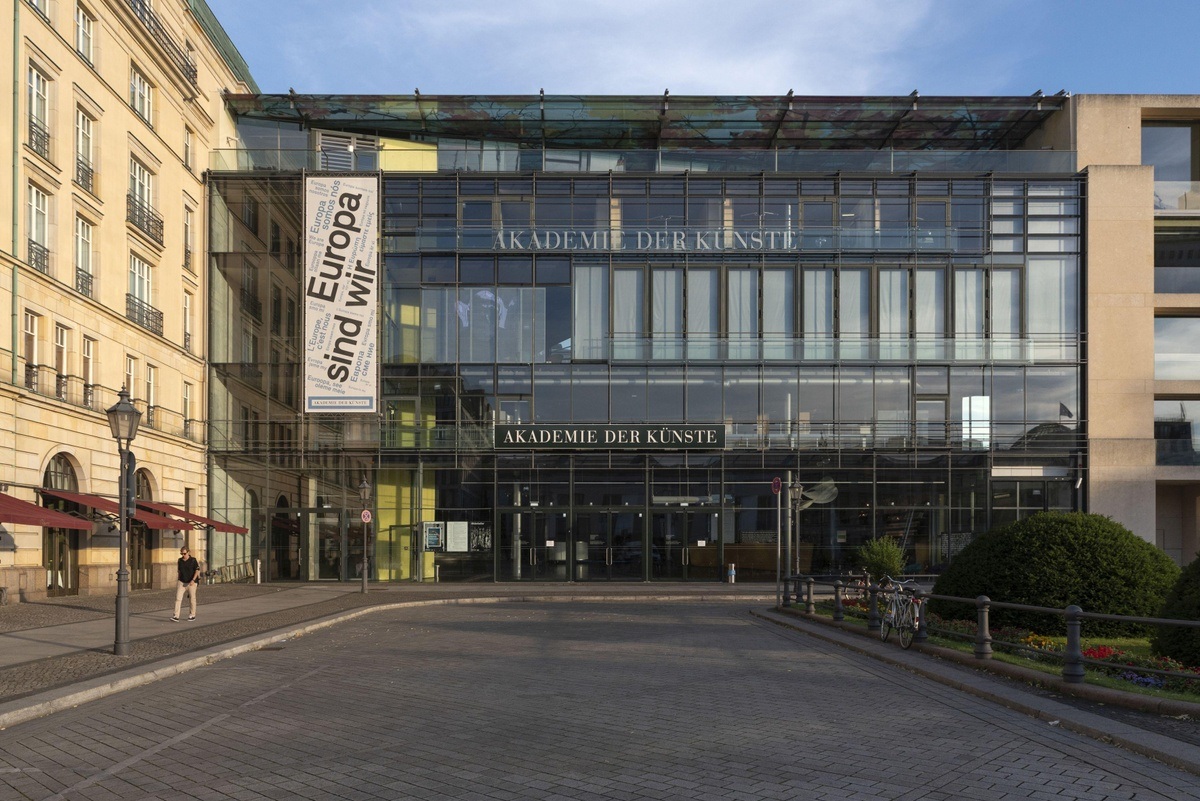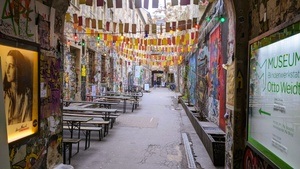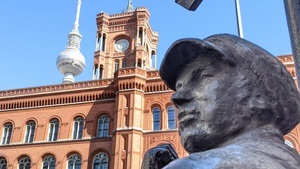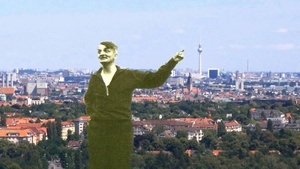
Poesie der Zeit. Michael Ruetz – Timescapes 1966–2023 | Finissage und Führung mit Michael Ruetz
In the organizer's words:
How can time and transience be made visible, how can changes in a society or an urban space be documented? Since the mid-1960s, the artist Michael Ruetz has been observing the transformation of natural and urban environments in places in Berlin, Germany and Europe in a photographic study. His works, called Timescapes, comprise more than 600 locations with thousands of photographs. The central concept of Timescapes is that the camera's location and line of sight are always the same, only the time intervals between the series of images vary.
The exhibition focuses on the timescapes of Berlin. The profound transformation of German society in the post-war period, after reunification and in the present is particularly effectively condensed in these photographic works. Locations of power or historical relevance such as Potsdamer Platz, the Brandenburg Gate, Schlossplatz, Gendarmenmarkt, the government district or the Berlin Wall have undergone rapid change, especially since 1989/90. Buildings and visual axes have disappeared or emerged anew, streets have been reduced or renamed, squares radically redesigned, open spaces built on, wasteland revitalized.
Ruetz's photographs of Berlin tell of how architecture can shape and reshape our living spaces, thereby gaining a sovereignty of interpretation over our perception. His series of images develop their own aesthetic beyond documentary sobriety, revealing a poetry of time. At the same time, Ruetz's pictures urge us to rethink the principles of urban development and urban planning in a time of existential ecological and social crises.
Price information:
5 € tour costs with Free admission
Location
You might enjoy this as well?

























Gemeinsam Events erleben
Events werden noch schöner wenn wir sie teilen! Deshalb kannst du dich jetzt mit Friends und anderen Usern vernetzen um Events gemeinsam zu besuchen. Loslegen